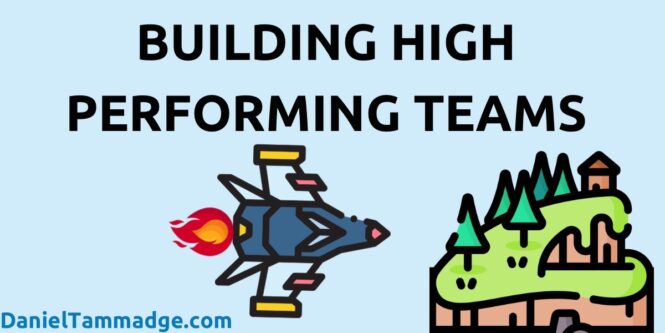
“Are your engineering teams delivering like world-class teams? Or are they lagging behind?
Today, I’ll share my story of how I used retrospectives to build world-class engineering teams and how you, as a leader, can use this tool to level up your own teams.
And if you’re a head of engineering, engineering manager, or VP of engineering, I have a question for you: are you really checking if your teams are being productive? Because if you’re not, then what the hell are you doing?”
An example of how, as a leader your leadership can level up your teams
I had a team which were falling behind their project timelines and was lagging behind other teams’ DORA metrics.
After joining their next retrospective, I listened to the team discuss that they were delivering their committed sprint objectives and experiencing external blockers, which caused issues. And the facilitator was treating the retro like a formal meeting where one by one, the team members would talk, and the facilitator would write down their points. But no one was looking internally for ideas which they could improve.
It was clear that the team members lacked agile training and experience.
I knew I had to take action quickly. So I interrupted.
It was my responsibility, as the leader, to mentor, coach and provide a process, a tool, for brainstorming that the team could use going forward.
I needed to turn a non-productive retrospective into a productive one where the team would use the retro actually to improve and level up.
I shared my screen, opened up a digital whiteboard and drew an old sailing ship with rocks symbolising risks, an anchor representing technical debt or other problems that slowed the team down, and the wind representing what propelled them forward. I wrote down one objective based on the DevOps DORA metrics; improve the team’s deployment frequency.
Next, I facilitated a brainstorming session where the team put their ideas on improving the areas represented by the rocks, the anchor, and the wind. I gave the floor to everyone, allowing them to explain and share their ideas.
By using this tool and process, the team was able to identify the root causes of their problems quickly: not having enough automation around testing, not having enough experience with test automation, and not having it explicitly defined and agreed upon that automation had to be part of the definition of done.
Because the team made this visible:
- the product owner understood the issue, and we were able to push back on product features.
- I trained the team in test automation and focused on improving test automation coverage for two sprints.
As a result, we improved the team’s deployment frequency and change failure rate, going from only being able to deliver a feature every two weeks with many bugs to releasing three times a week with no bugs reported. We also reduced lead time off work as the team’s velocity and throughput improved.

Reflection
By providing a tool and process for brainstorming, I was able to turn a non-productive retrospective into a productive one and provide a way for the team to improve going forward continuously.
However, I have been in more productive retrospectives than non-productive ones, especially after a team becomes competent after coaching and mentoring.
We are all human beings, and sometimes we get complacent or fall back into old habits and need a push.
And we as leaders must take ownership and accountability to ensure that we do everything in our power to keep levelling up our people and teams.
As a Leader, I believe that attending retrospectives and providing guidance and mentorship are crucial when implementing Agile frameworks like Scrum. By doing so, they can help their teams continuously improve their skills. Leaders should encourage open and honest communication and create a safe environment so that teams can identify and address issues before they become more significant problems. Agile is not one-size-fits-all, and leaders must adapt their approach to meet their team’s needs.
Change happens at the top, and leaders must be seen as fully invested, providing necessary training, guidance, mentorship, and change management to drive changes. Utilising retrospectives is essential to the Agile process and, more importantly, as a tool for building and maintaining high-performing teams.